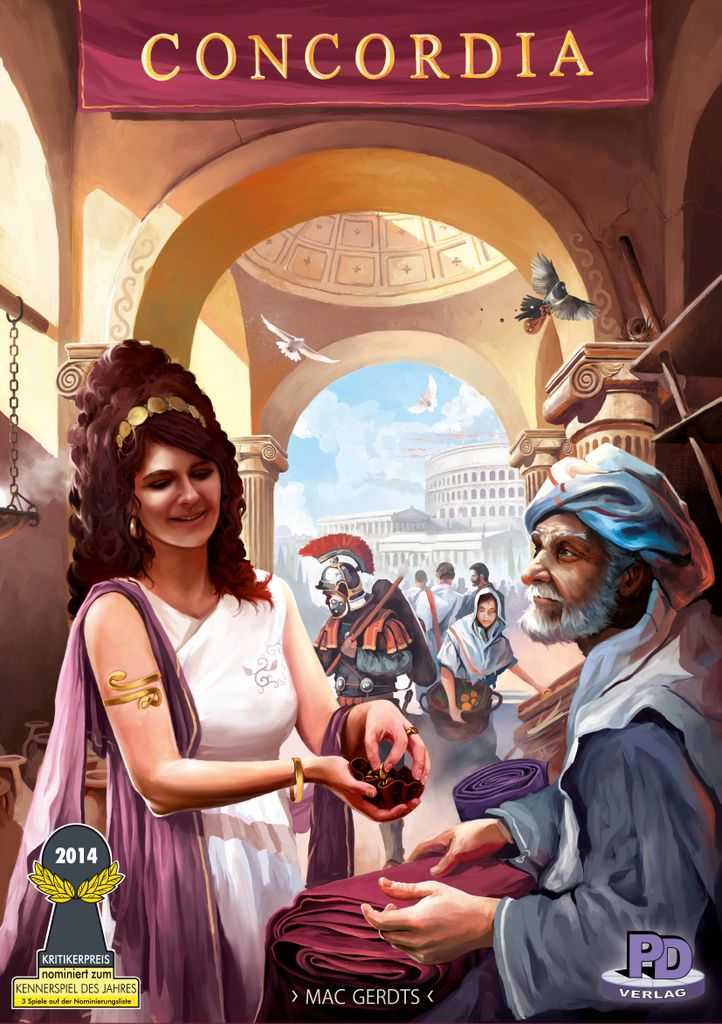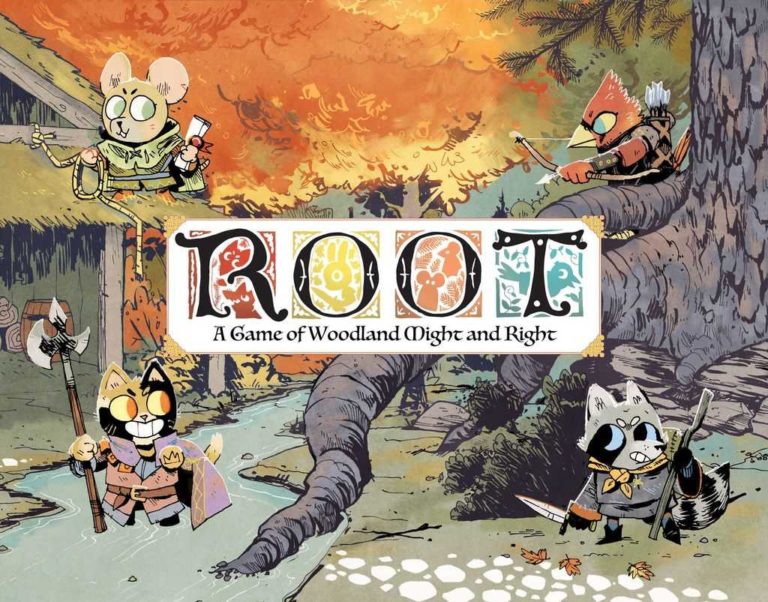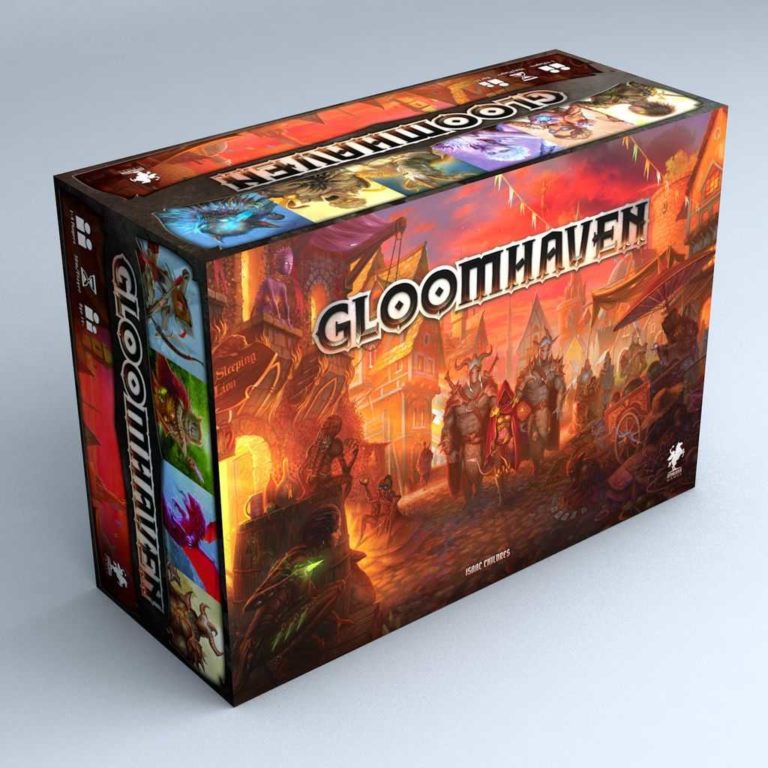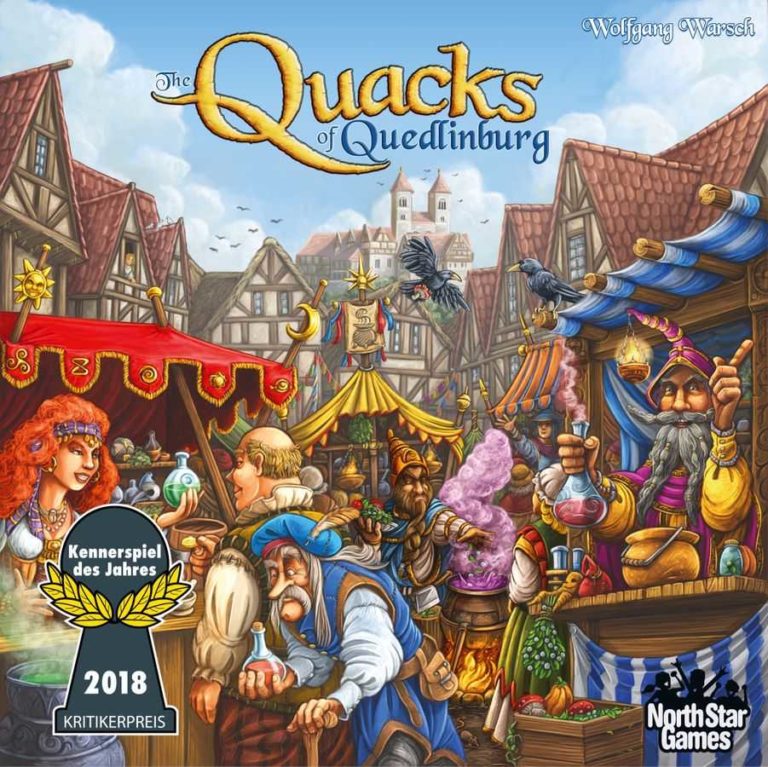Concordia Review – Strategic Roman Board Game
Concordia Review – Strategic Roman Board Game
I still fondly recall the first time I laid hands on Concordia. The excitement of peeling open the box, greeted by an array of vibrant maps and meticulously crafted pieces, quickened my pulse. It wasn’t just any board game, but a journey to ancient Rome, where strategy and trade brimmed with as much opportunity as the empire itself. As I dove into the gameplay, each session unfurled a rich tapestry of decisions and interactions that tickled the intellect and delighted the senses. Now, I’m here to share with you not just a Concordia review, but an odyssey of my experiences with the game that many herald as a classic in the making.
Key Points:
- Concordia is a strategic Roman board game that offers a rich and immersive gaming experience.
- The game captures the essence of ancient Rome through its historical authenticity and strategic gameplay.
- Concordia’s gameplay involves hand management, resource allocation, and indirect player interaction, offering a deep yet accessible strategic experience.
- The digital edition of Concordia enhances the gameplay with convenient features and expansions, catering to both loyalists of the physical game and digitally-savvy players.
- Players experience varied and unpredictable games, with newcomers quickly grasping the rules and mastering the nuances, while seasoned veterans appreciate the game’s elegant mechanics and strategic depth.
- Concordia’s strong points include seamless integration of gameplay and strategy, balanced blend of complexity and accessibility, and high replayability, while potential drawbacks include end-game scoring, physical box layout, and absence of direct player interaction.
- Overall, Concordia remains a cherished piece in many board gamers’ collections, providing a consistently satisfying and strategic experience for both seasoned strategists and newcomers.
Upon unfolding the board, my friends and I were instantly transported to a time where the Mediterranean was the bustling hub of civilization. Concordia’s magic lies not merely in its gameplay, but its ability to marry historical authenticity with game mechanics, culminating in a deeply satisfying strategy game. The game is not only a test of tactical acumen but a love letter to the board gaming world, treasured by those seeking a taste of good old-fashioned empire building.
In this article, I invite you to join me on a voyage through the essence of Concordia, the strategic sophistication of its mechanics, and its glorious digital reincarnation. I will explore the peaks and valleys of this modern board game classic, offering insights from various player perspectives and providing a comprehensive guide of the pros and cons that weave together the full Concordia experience. Let’s delve into the world where card synergy and resource management is your path to dominion over Rome and its habits.
The Essence of Concordia
Imagine a world where your prowess as a Roman patrician is on full display, moving across the bounties of an empire not yet touched by the chaos of decline; Concordia captures this essence beautifully. With a heavy dose of planning, a sprinkle of economic savvy, and a touch of competitive finesse, the game encapsulates much more than its classical theme. It embodies a balanced blend of strategic planning and reactive gameplay where every move feels purposeful and every decision carries weight.
Overview of Concordia’s Gameplay
Diving into gameplay, the simplicity of Concordia’s rulebook belies the depth it offers. Players start with an identical set of action cards and a handful of colonists. Turn by turn, you’ll manage these resources, traveling the board to lay claim to cities, acquire goods, and trade deftly all in service to appease the Pantheon of Roman deities.
The gameplay loop is deceivingly straightforward – play a card, perform an action, then another player takes their turn. Yet, within this loop hides a deep ocean of tactical nuance. It’s like performing a ballet on a Senate floor, where every pirouette is a strategic leap towards dominance. The subtle complexity and elegance of the gameplay are what have lured me back, time and again, to the Mediterranean’s sun-kissed shores.
Concordia’s gameplay offers a deceptively simple loop with a deep ocean of tactical nuance, akin to performing a strategic ballet on a Senate floor.
The Historical Setting and Theme
Concordia doesn’t merely have a theme; it’s a time portal. I remember navigating the game’s historical setting, suddenly finding myself amid a bustling Roman agora, vying for influence and trade routes. The map itself is a canvas, depicting the connecting seas and territories of an empire whose grip on history is still felt today.
The significance of the historical setting isn’t just aesthetic; it’s woven into the very mechanics of the game, allowing you to enact trade, colonization, and political strategy as though you’ve stepped into the sandals of a Roman patrician. The immersive theme extends a hand from the past, guiding players through the nuances of ancient empire management and making the experience as educational as it is enthralling.
Key Mechanics of Concordia
Within the beating heart of Concordia lie its key mechanics, a symphony of hand management and resource allocation that harken to the core of any solid strategy game. Complex yet elegant, understanding and mastering these mechanics is like learning the intricate steps of a historical dance – each precise and interconnected, demanding foresight and adaptability.
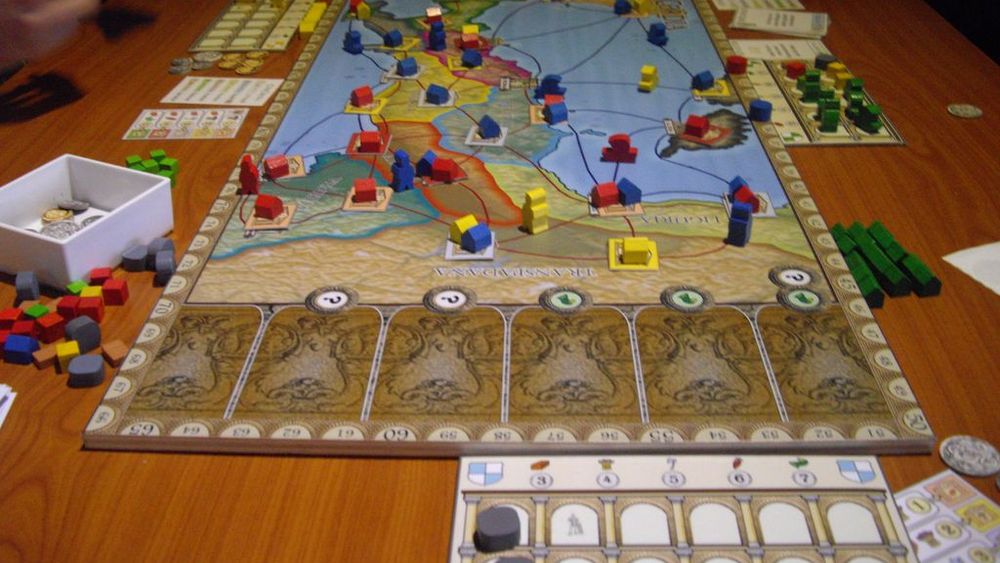
The Role of Cards in Strategy
Cards in Concordia do more than dictate actions; they are the sinews that connect commerce, movement, and empire expansion. My personal journey of mastering the intricate dance of cards started with apprehension, but soon I was playing Prefects and Colonists with the grace of a seasoned Magister Militum.
In Concordia, your starting hand of cards represents potential. Each card is a possible path down Rome’s cobblestoned roads, leading to resource accumulation, trade, or urban development. As a strategic backbone, savvy players will quickly learn that the surest route to victory lies in curating an efficient and synergistic engine from this deck. Blending foresight with opportunism, I learned that mastering your deck isn’t just about the cards you play, but also about the timing with which you play them.
Resource Management and Trade
If Concordia’s cards are its sinews, then resources are undoubtedly its lifeblood. Early on, I realized that managing resources wasn’t simply about stockpiling goods – it was about the ebb and flow of an economy tied to the prosperity of an empire.
Trade is the essence of empire, and in Concordia, your capacity for resource management will often dictate the extent of your dominion. Efficient traders will find themselves flush with a cache of goods and wealth, ready to be translated into victory points. However, the caveat lies in adapting – markets fluctuate and opportunities come and go. As I honed my skills, I found a delicate balance between the acquisition of goods and their timely conversion into strategic advantages.
The Digital Transition
Adapting a board game for the digital realm is no small feat, yet Concordia’s transition has garnered much attention. This transformation represents a renaissance not just for loyalists of the physical game, but also for digitally-savvy players eager to explore Rome’s riches from the comfort of their screens.
Concordia Digital Edition Features
The Concordia Digital Edition bursts onto the scene, ready to charm the togas off both veterans and newcomers alike. I was initially skeptical – could it encapsulate the authentic Rome that had enchanted me? Yet, the features were a revelation. Not only were the graphics crisp, but they also elegantly mirrored the tactile warmth of the board game.

Advanced AI opponents, online multiplayer functionality, and a digital rulebook that could rival the famed scrolls of the Library of Alexandria – these features enhance every aspect of Concordia in digital form. The convenience of click-and-play paired with the elegant interface brings a quick play session to life as fast as you can say “Veni, Vidi, Vici.” The digital version is what I long for on a quiet night, craving the thrill of empire-building without the setup of pieces and pawns.
The Concordia Digital Edition offers advanced AI opponents, online multiplayer functionality, and a digital rulebook, enhancing the empire-building experience in a convenient and elegant digital form.
Comparing Physical and Digital Gameplay Experiences
Engaging with Concordia digitally is akin to enjoying a well-aged wine through a new crystal goblet – the flavor is timelessly excellent, but the experience is unequivocally distinct. The tactile sensation of the physical game – manipulating hefty coins, navigating sturdy tokens – is undeniably enchanting. But so is its digital counterpart, offering effortless accessibility and brisk gameplay without the clutter of physical setup.
Yet, contrasting them, there’s a certain warmth that comes with gathering friends around a table, sharing laughter and strategies. Though the digital iteration is convenient, it can’t completely replicate the camaraderie and tactile satisfaction that the physical game provides. Both mediums have their unique allure, marking Concordia as a versatile beast that adapts splendidly to the preferences of its audience.
The Pros and Cons of Concordia
A Concordia review would be incomplete without a frank discussion on its strengths and weaknesses. Like the layered Roman society, the game is nuanced, offering a bounty of engaging elements as well as areas that may not resonate with every player.
What Concordia Does Well
Concordia shines brilliantly when it comes to seamless integration of gameplay and strategy. The historical setting isn’t just window dressing; it elevates the tactical planning to a delightful level. You can almost feel the bustle of ancient Roman markets as you strategize over resource management and trade. Every decision from card selection to city-building impacts your empire’s growth, and I’m always charmed by the game’s ability to balance complexity and accessibility. My friends and I often recall moments when a well-played Mercator or Diplomat card changed the game’s tide – an aspect of Concordia that keeps the table talk lively and the competition fierce yet friendly.
The game’s design does an exceptional job at encouraging foresight and long-term planning without overloading players with too many rules or cumbersome mechanics. Instead, with a limited set of action cards, players are nudged towards strategic creativity; something I always admire when I bring out Concordia during game nights. There’s also a palpable sense of satisfaction when your strategic investments pay off as you navigate the card-driven gameplay, constructing an engine that feels like your very own Roman dynasty.
The elegance of Concordia’s design truly lies in its replayability. The variable set-up ensures that no two games are the same, which has kept my gaming group coming back for more. And let’s not overlook the scalability – Concordia gracefully accommodates different player counts, ensuring that the dynamic of dominating trade around the Mediterranean feels as engaging with two players as it does with five. The components and aesthetic of the game also deserve praise; they’re not only functional but also significantly add to the thematic atmosphere. If you’ve ever found yourself lost in thoughts of commanding legions and founding cities, Concordia transforms those dreams into a tangible, strategic experience on your tabletop.
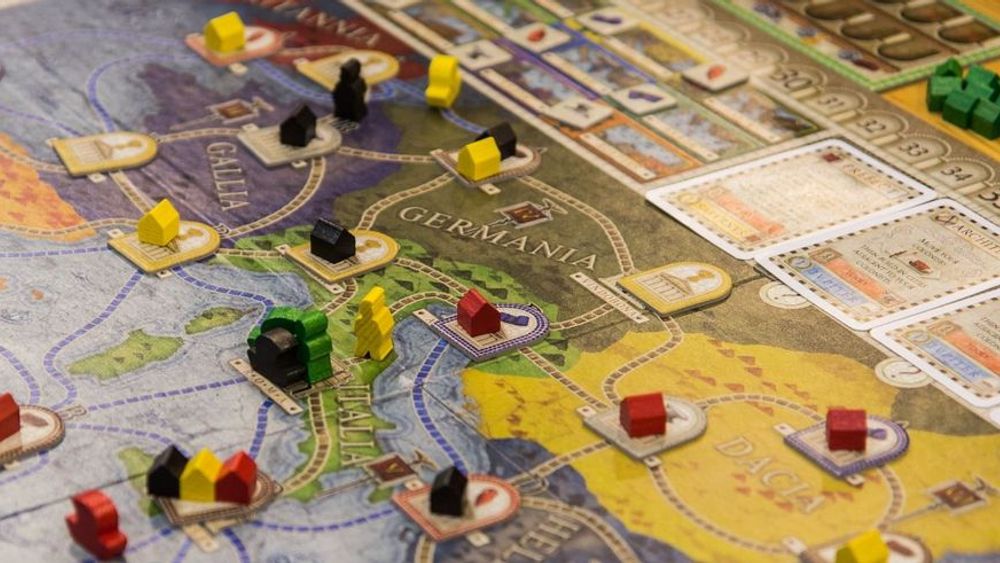
Concordia offers a seamless integration of gameplay and strategy, with a historical setting that elevates tactical planning to a delightful level, balancing complexity and accessibility while encouraging foresight and long-term planning.
Potential Drawbacks of the Game
Despite the many victories Concordia racks up, there are a few hurdles that could trip up particular players. One gripe I’ve frequently heard – and occasionally resonated with myself – stems from the end-game scoring. Concordia tallies scores only at the game’s conclusion, leading to a climactic reveal that’s as much a surprise as it is sometimes a confusion. This can be a mixed bag, arousing excitement for some and frustration for others who prefer a visible scoreboard to track progress or inform strategy shifts throughout the game.
Another criticism is the game’s physical box and board layout. Some of my friends find the original box a tad cumbersome when it comes to storage or transport – hardly ideal for those who are tight on shelf space or who regularly lug their games to meetups. Additionally, the scoring track on the main board sometimes feels neglected; a larger play area might have been a more effective use of space. At times, we’ve resorted to paper pads for scoring – streamlining the process but detracting from the otherwise high-quality components of the physical game.
Then there’s the absence of direct player interaction. While the passive-aggressive tactics of blocking and territory denial can stir up intense rivalries, those who crave direct confrontations might find Concordia a bit too peaceful for their taste. Competition exists, but it’s more about personal empire advancement rather than clashing swords with your opponents. This makes for a harmonious game that matches its name but may leave the more battle-hungry players seeking out a different board for their war games.
Player Experiences with Concordia
The experiences players have with Concordia varied widely, which makes each game unpredictable and refreshing. Newcomers are often surprised by the depth of strategy that’s presented in such a streamlined package. In my own circle, the first-time gamers marvel at how quickly they can pick up the rules but then spend game after game mastering the nuances of play. On the other hand, seasoned veterans admire the sophistication of the hand management system and the indirect player interaction, which ensures that no victory is ever guaranteed.

First-Time Player Impressions
When introducing Concordia to fresh faces at my board game table, the first reaction is often about its intimidating appearance – a sprawling board, a plethora of resource tokens, and a deck of cards that seem inscrutable at first glance. However, those initial doubts swiftly dispel once the game begins. There’s a consistent sense of wonder and excitement as newcomers discover how simply yet deeply interconnected each component and rule is. “It all just clicks,” chuckled a friend of mine, eyes wide after her first game, when she realized how each Card served multiple functions – not just an action but also a scoring mechanism.
For many first-timers, the end-game scoring turns into a moment of revelation where the strategies they’ve been experimenting with – rather tentatively at first – either pay off handsomely or fall short. It’s this moment that often hook them, igniting the desire to play again and explore different strategies. “I thought I was doing so well, only to find out I was lagging!” exclaimed another buddy who thought he had the game in the bag. It’s a learning curve that’s steep enough to be challenging but not discouraging. The thrill of slowly mastering the subtleties of Concordia beckons them for another round.
The thrill of slowly mastering the subtleties of Concordia ignites a consistent sense of wonder and excitement, hooking newcomers and igniting the desire to play again and explore different strategies.
Veteran Gamer Insights
Now let’s pivot to the experienced players. Those who’ve been around the board game block often acknowledge Concordia for its elegant mechanics and strategic depth. The veterans in my group especially laud the game’s capacity for nuanced tactics – recognizing that each card you buy and city you build is part of a long-term strategy that’s as complex as Roman politics. “It’s the Prefect card play that changes everything,” one long-time gaming pal often muses when reflecting on how the game encourages insightful timing and judicious resource collection.
The metal coins from the Viticulture they bring along, adds a nice tactile element to the trading – an aspect I find myself missing in the base game. Plus, the way expansions like Salsa introduce new dimensions with Forum Tiles and Salt thrills them. It’s not just “more of the same”; it’s a refreshing change-up, like a new chapter in an epic saga. And Concordia’s lack of direct confrontation, which I touched on earlier, is precisely why my wife and others who prefer a less aggressive gaming environment keep requesting it – ultimately, it’s about building something marvelous, not tearing others down.
FAQs
1. What makes Concordia stand out from other strategy board games?
Concordia stands out from other strategy board games due to its unique blend of hand management and resource allocation mechanics, coupled with its historical theme and intuitive design, which facilitate a deep yet accessible strategic experience.
2. How does the digital edition of Concordia enhance the gameplay?
The digital edition of Concordia enhances the gameplay through convenient features like automated score tracking, the ability to play solo against AI or online with friends, and the inclusion of expansions that add variety and new challenges to the base game.
3. Can Concordia be enjoyed by players new to board games?
Concordia can be enjoyed by players new to board games because it offers a smooth learning curve and clear rule explanations, allowing newcomers to quickly grasp the game’s mechanics and participate in the strategy and fun.
4. What are the most critical strategies for winning at Concordia?
The most critical strategies for winning at Concordia involve strategic hand management, timely use of action cards, such as the Diplomat and Mercator, and adapting to the variable setup to build an efficient trade network and score maximum points.
Conclusion
Throughout this Concordia review, we’ve looked at the rich tapestry that this board game weaves – from first impressions to veteran strategies. Concordia’s appeal lies in its ability to be a baseline for both seasoned strategists and neophytes. It’s a game where the history blends with gameplay, and each session is a new adventure set in the ancient Roman Empire.
Considering Concordia’s strong points and occasional drawbacks, it remains a cherished piece in many board gamers’ collections, including mine. Discussions about its playability, digital vs. physical forms, and whether new gamers will take to it as eagerly as the veterans, often come down to personal preference and gaming style. Nevertheless, it’s hard not to appreciate the thought and craftsmanship that went into creating a game that provides such a consistently satisfying and strategic experience.
And now, dear fellow gamers and friends, as this Concordia review draws to a close, I’d love to hear your thoughts and stories. What has been your most memorable moment while playing Concordia? Let’s continue to celebrate our love for this wonderful hobby of board gaming. Till next time, may your cities flourish and your trade routes be ever prosperous.
Warmly, Lucas
More Boardgame Reviews:
This article uses material from BoardGameGeek and is licensed under the Creative Commons Attribution-Share Alike License.

